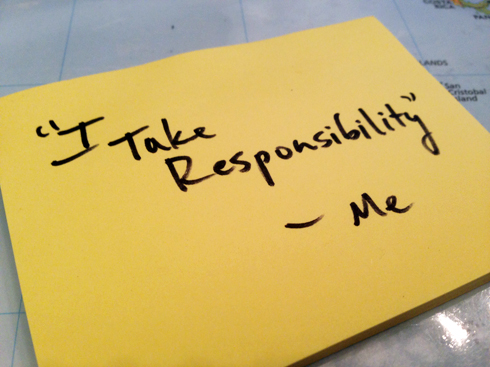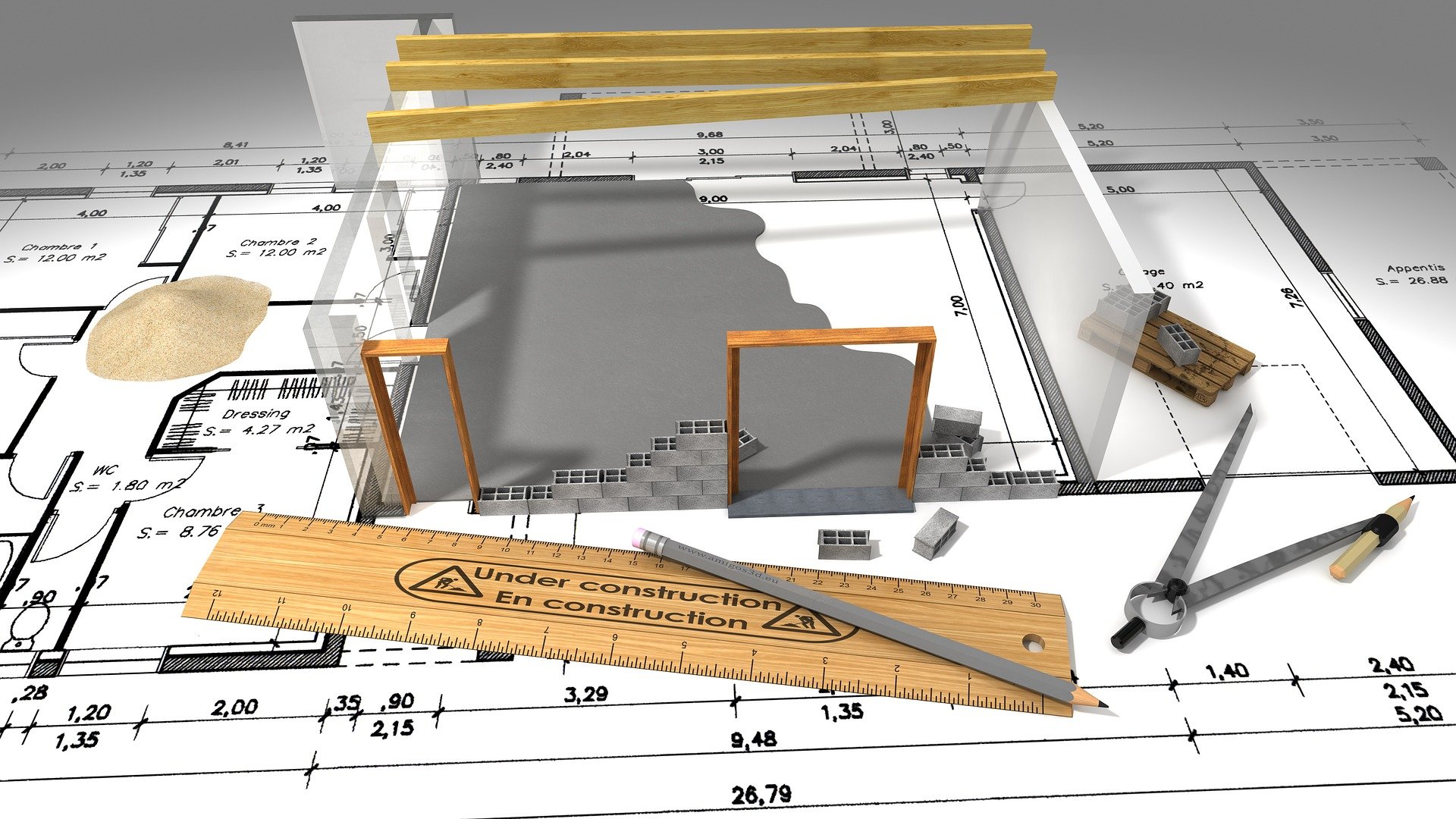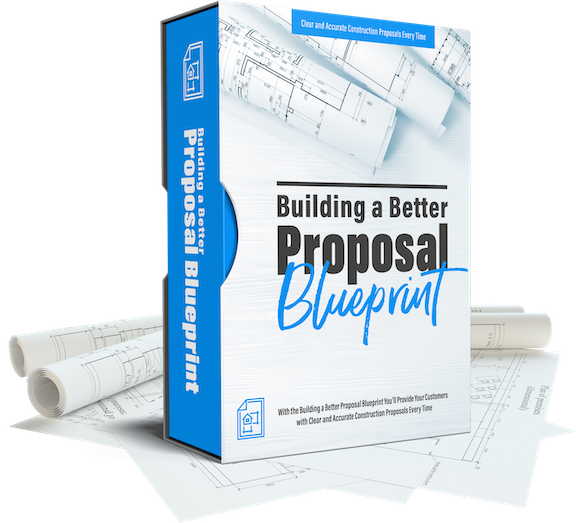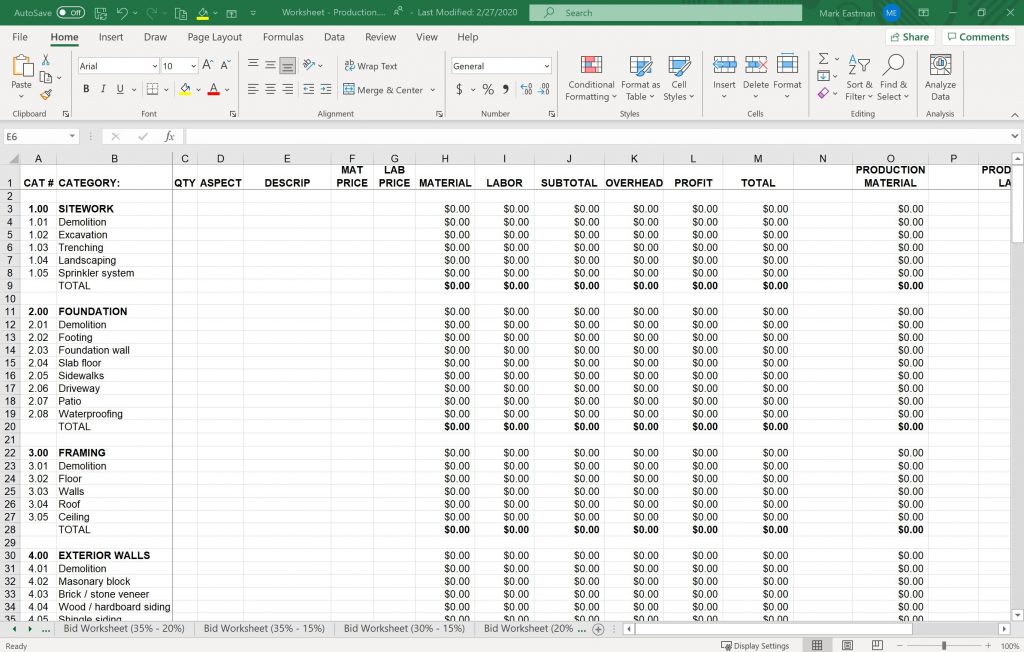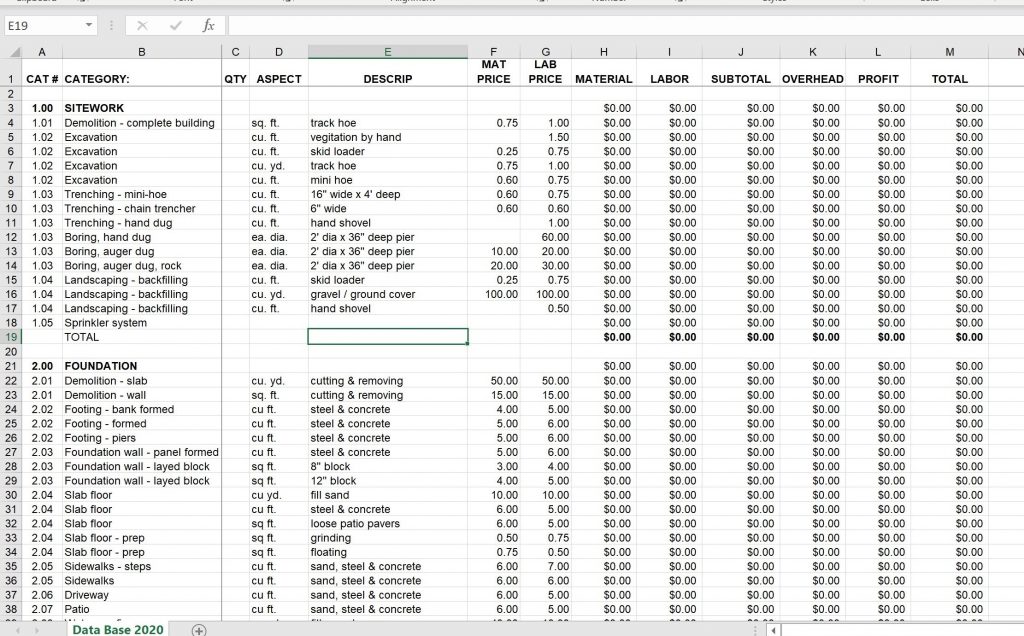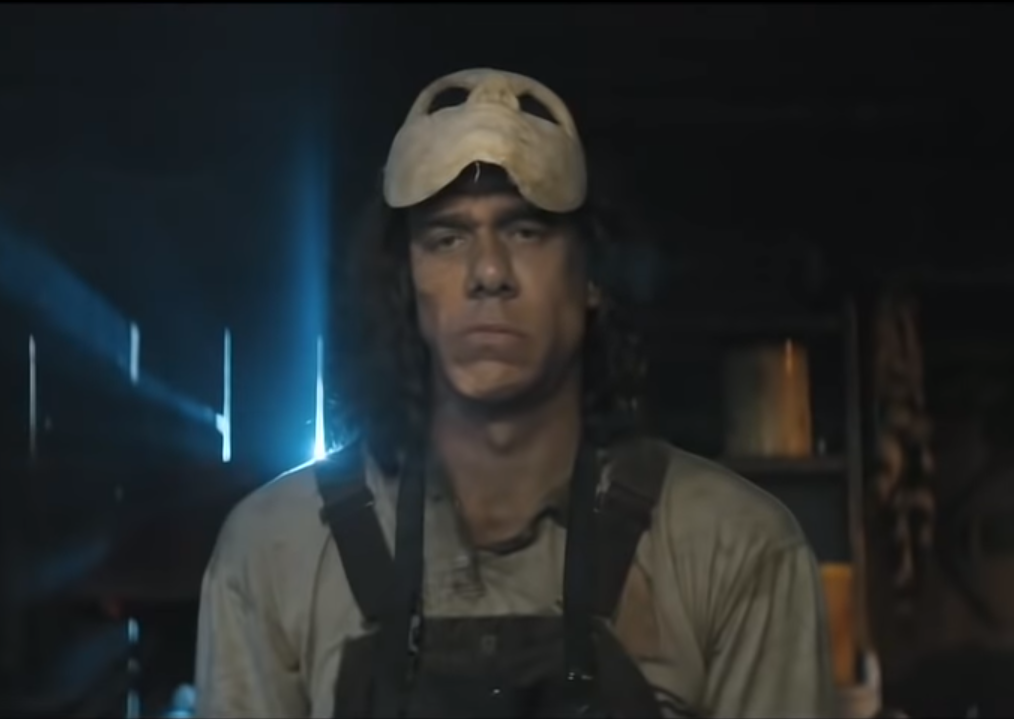This is Assuming That You Even Care How Your Business Turns Out
Once again today’s conversation originated from our mastermind. This week we we’re presented with a question to answer.
From the perspective of an entrepreneur, what’s your favorite movie, and why?
Any of you who know me, know that I’m a movie fan. As I considered this question, there were a lot of movies that came to mind. My favorite movie is The Polar Express…but this isn’t a movie about business.

As I considered my favorite movies from an entrepreneurial perspective, something began to stand out…
Every movie is full of lessons about both business and life.
There are a variety of movie genres, story lines and qualities of movies, but as I think back over the movies I’ve watched, all of them are nothing less than lessons for living.
And what is business other than living?
Some of these lessons are things we should do…some are things we shouldn’t.
As I thought about movies and lessons, I remembered writing about Christmas movies as a life plan. The more I thought about movies from an entrepreneurial perspective, the more I realized that The Polar Express had a lot to say about business as well as life.
If I operate my business using the Polar Express business plan, it will be a great ride.
If you aren’t familiar with The Polar Express, it’s about a young boy who is beginning to doubt the reality of Santa Clause. He’s woken up by a loud noise in the middle of the night on Christmas Eve and finds the Polar Express parked in front of his house. With some hesitancy he boards the train.

He then embarks on a ride with other kids to the North Pole. Along the way they’re faced with obstacles to overcome and situations to celebrate. Through his diligence and the help of others he makes the trip successfully. After this journey he is reassured and believes.
This sounds a little bit like business, doesn’t it?
Like in the movie, we have to decide if we’re going to get on the business train or not. If we don’t, that particular train won’t ever come by again. Once we make the commitment, we need to stay on the ride to the end.
Business and movies are both full of difficulties and situations that may or may not be direct results of things we’ve done. Either way, we have to deal with the situations that we find ourselves in. Like the boy on the Polar Express, it’s great to have the support of friends and colleagues when the ride gets rough.
Too often our belief waivers. We don’t know if we should get on the train or not. This probably isn’t the right train.
But something is prodding us to get on.
This is God telling us to go for it. Get on the train. Enjoy the ride…all of it. The good and the bad, the ups and the downs.
Ride that train and the things you will experience will be amazing.
But it requires that you get on the train and believe.

Get on and enjoy the ride!






